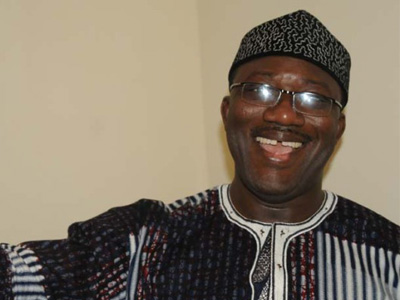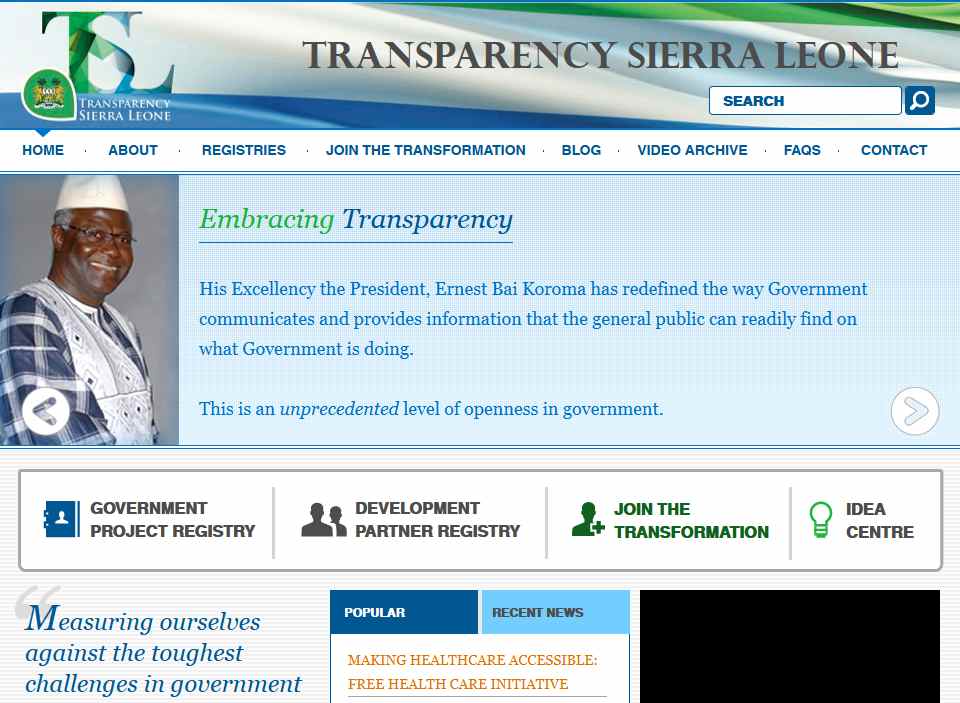
This summer I have wrote a lot about good governance programs to fight corruption, improve government effectiveness and accountability, and how they they are crucial to developing countries economic development, overall prosperity, and empowerment of civil society. One issue, however, can be the monitoring and evaluation of democracy and governance projects, which can sometimes be difficult–public opinion surveys as a form of measurement can be fraudulent, or uneven, and systems can be disorderly. Although ICTs are not a panacea for a development, they can help to streamline democratic and good governance strategies, and embolden civil society to play a participatory role. Some of the ways ICTs can be employed in democracy and governance projects, such as e-government strategies, election monitoring systems and enabling citizen media, can drastically improve the efficiency of these initiatives. Based on what I have learned so far, below are suggestions for monitoring and evaluation for an e-governance strategy, how to implement an election monitoring system from the beginning til the end, and how best to measure the effectiveness of citizen media:
1. E-government and Participation
- Benefits: Transparency can be enhanced through the free sharing of government data based on open standards. Citizens are empowered to question the actions of regulators and bring up issues. The ability of e-government to handle speed and complexity can also underpin regulatory reform. E-government can add agility to public service delivery to help governments respond to an expanded set of demands even as revenues fall short.
First, on the project level, question if the inputs used for implementation and direct deliverables were actually produced. The government’s progression or regression should not rely solely on this because there are other outside variables. For the overall implementation, ask if the resources requested in place, and were the benchmarks that were set reached? Featured below is a timeline on how to implement a good e-government strategy.

Source: ITU
2. Strengthen Rule of Law with Crowdsource Election monitoring:
- Benefits: Support for election monitoring may be provided prior to and/or during national or local elections and can encourage citizens to share reports from their community about voting crimes, ballot stuffing and map these crimes using Ushahidi. By documenting election crimes, it can provide evidence of corrupt practices by election officials, and empower citizens to become more engaged.
- Drawbacks: Publicizing information to the broad public means without checking the information’s validity these systems can be abused in favor of one political party or the other, and elections can be highly contested.

Photo Credit: movement.org
Below are systematic instructions on how to implement the “all other stuff” needed for a election monitoring system, like Ushahidi:
Step 1. Create a timeline that includes goals you have accomplished by different marker points leading up to the election, and reaching target audiences
Step 2. The more information reports the better for the platform, but consider a primary goal and focus on filtering information about that goal to the platform, put it in the About section.
Step 3. Target your audience and know how they can be reached for example
- Community partners
- Crowd
- Volunteers
Step 4. Figure out who your allies are—NGOs and civil society organizations that will want to support, and provide resources for more free and fair elections in your country. Figure out what groups would be best for voter education, voter registration drives, civic engagement or anti-corruption. Building a new strategy on top of the already existing ones will help to promote the campaign and making it more sustainable overtime.
Step 5. Reach out and meet with the groups you have targeted—and make sure to identify people from that country living abroad, reach out to the diaspora. Ask yourself the following questions when the program is implemented: should all reports be part of the same platform? Should reports come in before voting begins or just offenses taking place during elections? What about outreach after the election takes place for follow-up M&E?
Step 6. Get the word out to as many citizens as possible using flyers, local media, and target online influencers, such as those on Twitter or Facebook. Attract volunteers to assist in the overall outreach and publicity plan—a volunteer coordinator, technical advisor and, if possible, a verification team or local representatives, to relay and confirm what monitoring the electoral processes is all about.
Step 7. Information sources:
- Mobiles: Frontline SMS can work as reception software for submissions via text.
- Email/Twitter/Facebook: Consider creating a web form to link people to on social networks which asks for everything you need, including, detailed location information, category and multimedia.
- Media Reports and Journalists: Have volunteers look in the news for relevant information to be included in the reports
- Verification team: Either a local organization or journalist works best—on site that is able to receive alerts from the platform on events happening around their polling stations to be able to verify what is going on. Cuidemos el Voto modeled Ushahidi slightly for incoming reports from whitelisted people to show up automatically, for example non-governmental election monitoring organizations.
Step 9. Monitoring and Evaluation
- Closing the loop of information: How will you show citizens who provided information on electoral fraud that you received it? Have a system in place to tell community representatives that the information was received and it will be acted upon.
- How will you act on that information in the country’s courtrooms, though? Make sure to preserve the documentation of election fraud that your platform has received so that it can serve to hold the perpetrators accountable in court.
3. Citizen Media
Citizen media allows content to be produced by private citizens outside of large media conglomerates and state run media outlets to tell their stories and provide bottom up information. Also known as citizen journalism, participatory media, and democratic media, citizen media is burgeoning with all of the technological tools and systems available that simplify the production and distribution of media
- Benefits: In addition to the above-mentioned benefits, citizen media also allows a sense of community where up-to date news covers a variety of angles, stories, and topics found in hard to reach places.
- Drawbacks: It can be risky for the citizens journalists and their supporters. They can be identified and targeted by members of the oppression, where they will be put in jail or tortured. There is no gatekeeping, verifying, or regulating the information—this is not a problem when it comes to video or photos, but definitely with information. Also, connectivity issues may not allow citizens to upload the information.
- Helpful Resources: This journalist’s toolkit is a training site for multimedia and online journalists.
- Monitoring and Evaluation for citizen media projects: Governments have foreign policy and economic agendas that guide their choices on how they fund projects, therefore, it’s important that the grantees and activists understand and share the same objectives. This is also beneficial to learn from projects over time to avoid redundancy and enhance efficiency of implementation.
- Measurement approaches—Some corporate funding agencies like the Gates Foundation, Skoll Foundation, and Omidyar Network insist on measuring citizen media projects, while other funding agencies like the Knight Foundation insist less on measurement. It’s important to measure both quantitative and qualitative outcomes and give constructive feedback to the contributors so that they can become more effective.
- Quantitative—Objectives may sometimes change in response to your context, but keep the end goal in mind, continue to measure yourself against the objectives. This can be done through web analytics or web metrics—website performance monitoring service to understand and optimize website usage
- Qualitative—Primarily anecdotal and used to shift policy objectives. In the end, however, it’s about visualizing the change you are trying to bring in the world, and making it happen.


















































